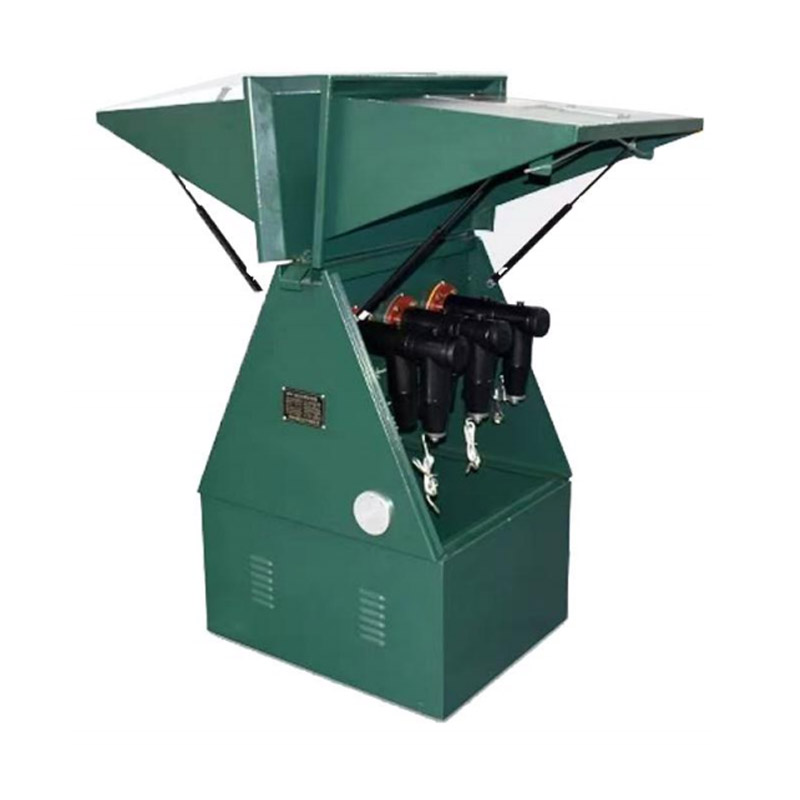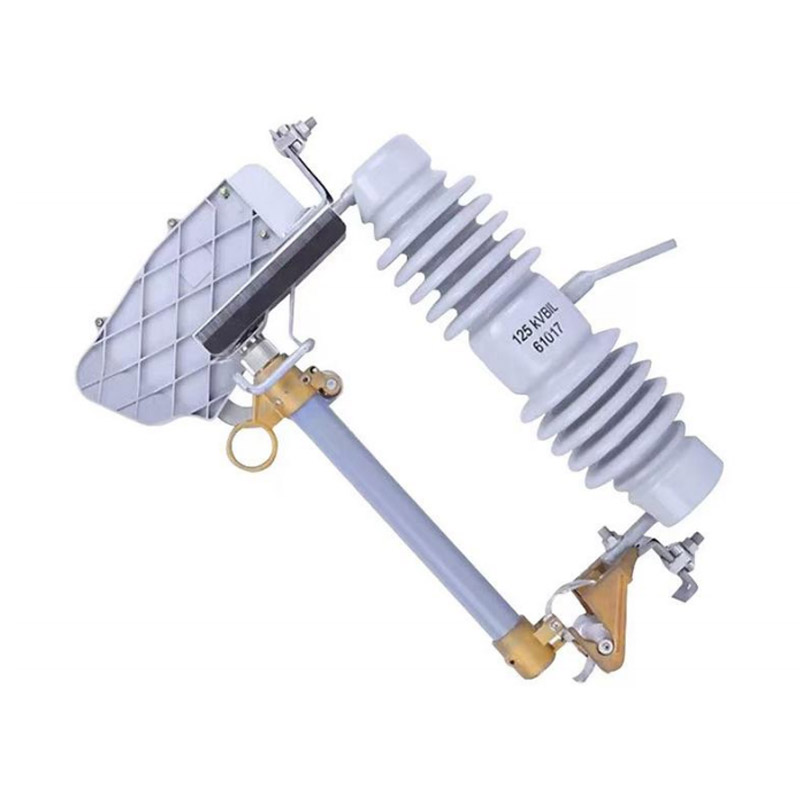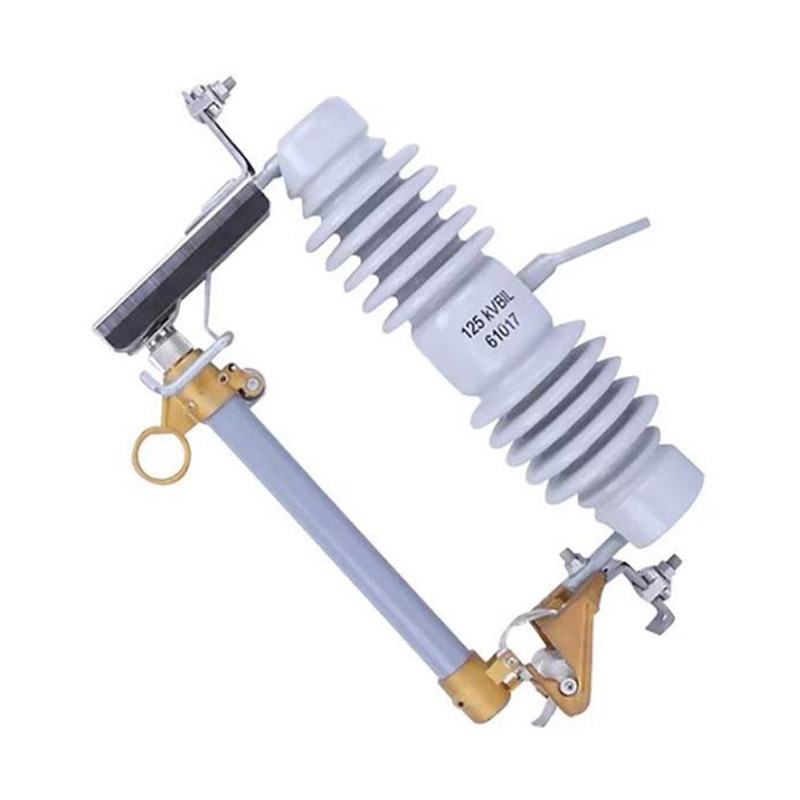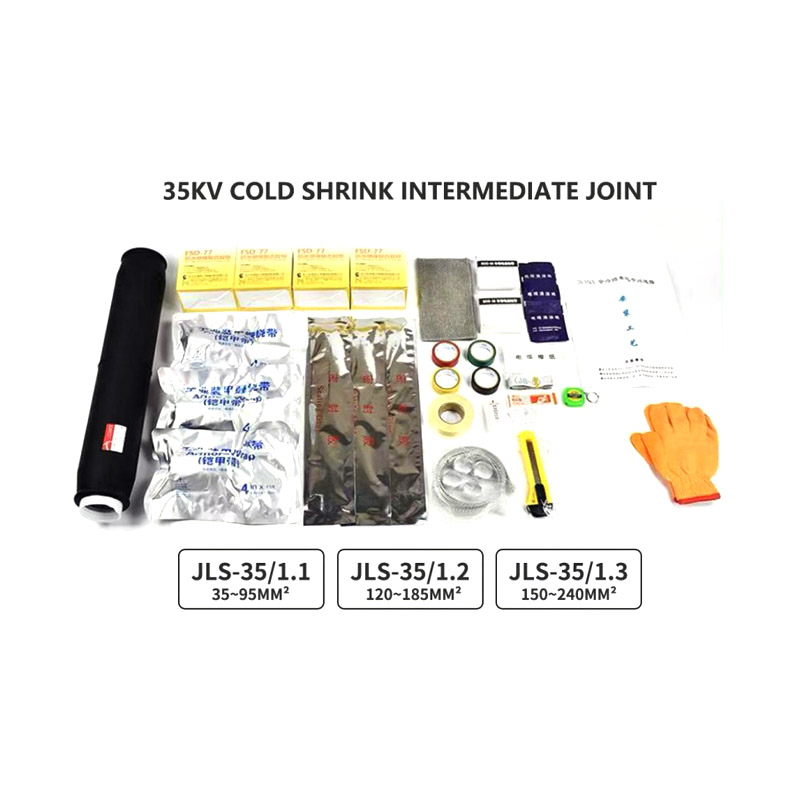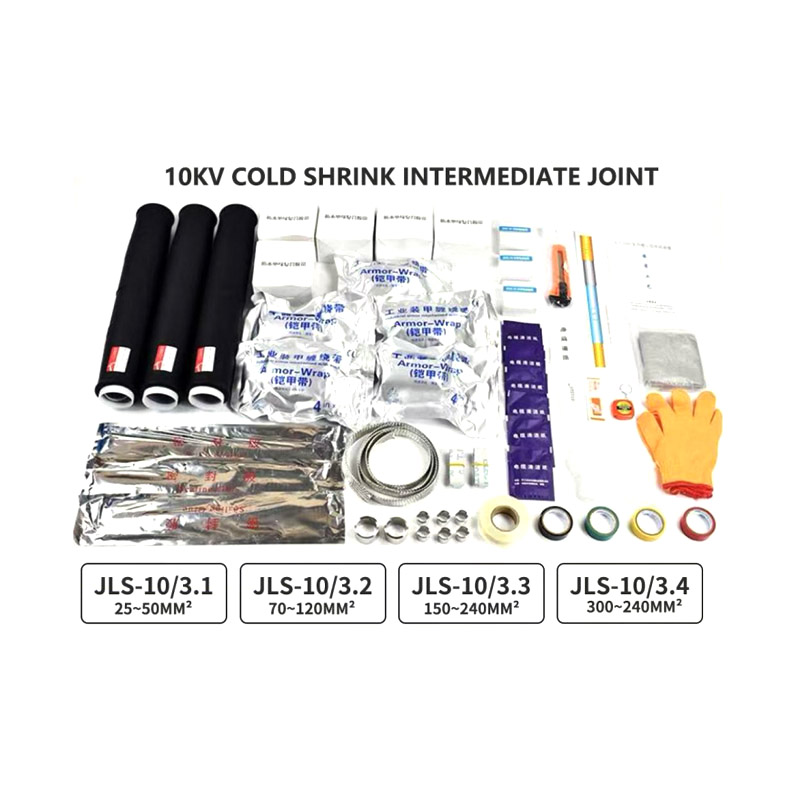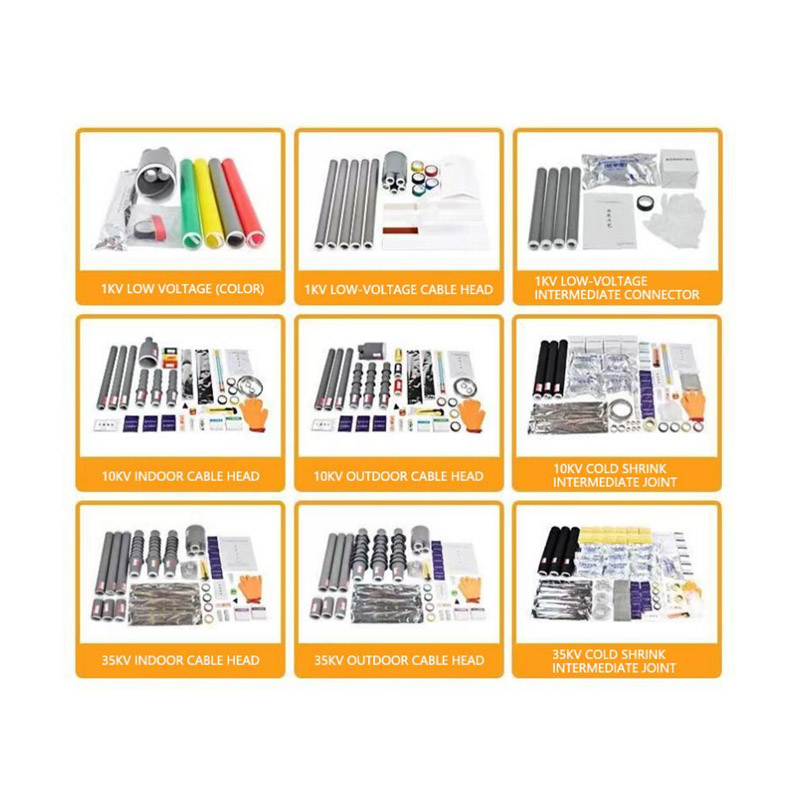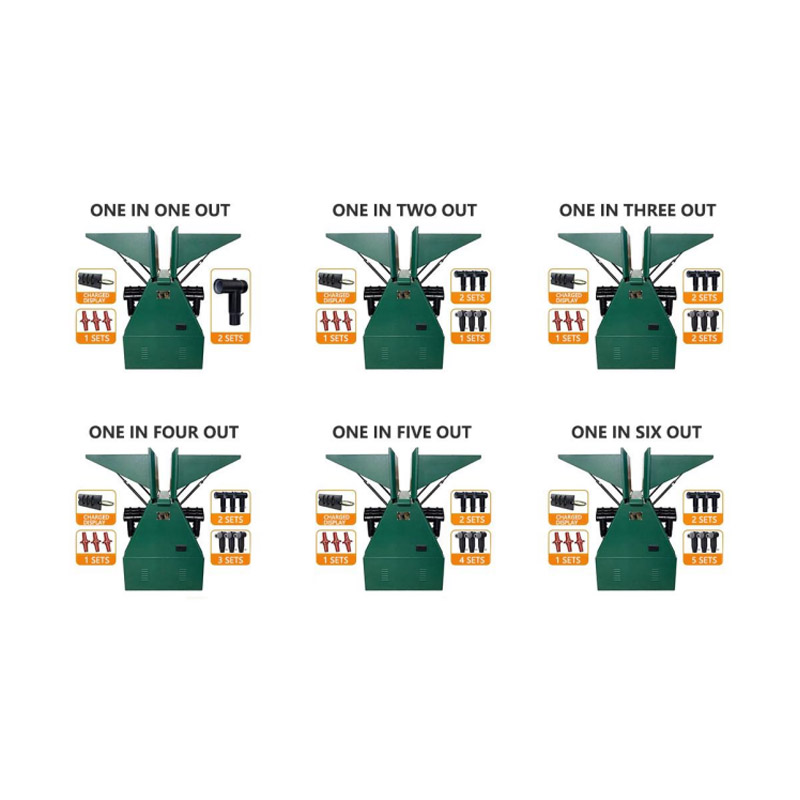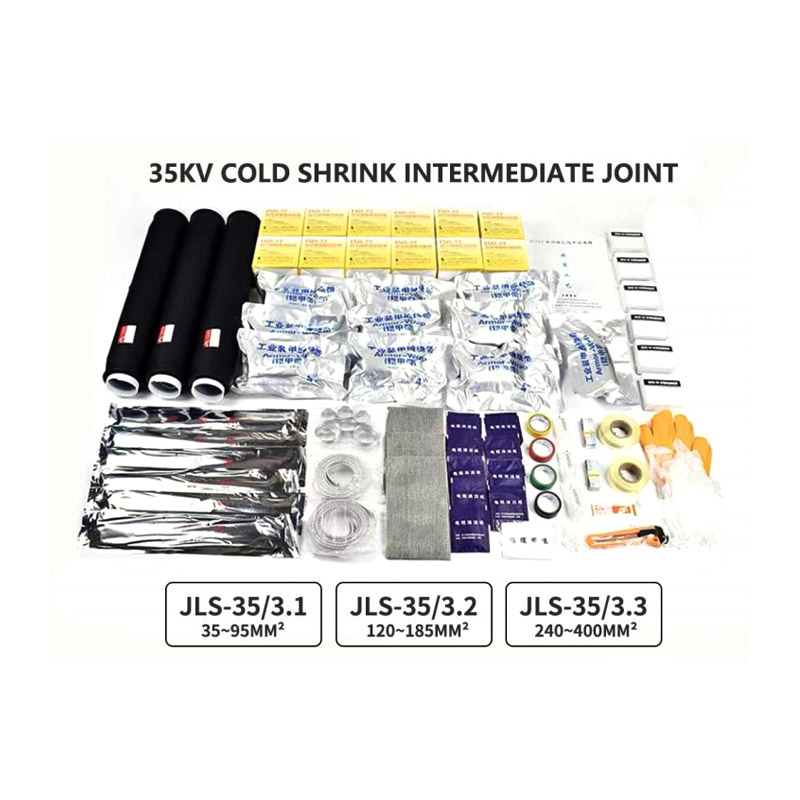When designing or upgrading an electrical system, it's vital to consider not just the circuit protection devices (such as circuit breakers), but also how and where they are enclosed and connected. In modern installations, junction box and circuit breaker block junction box plays a key role in safeguarding circuits, making maintenance safer, and ensuring compliance with regulations.
Key Safety Benefits of Circuit Breaker Block Junction Boxes
1. Reduces Exposure to Live Conductors
When wiring is spliced or extended, exposed conductors or improper join points can pose shock hazards or arc risks. A proper junction box keeps junctions covered, enclosed, and isolated from accidental contact. The circuit breaker block adds an additional layer: the breaker terminals are tucked within an enclosure where the live parts are shielded.
2. Improves Fire Safety by Containing Faults
If a wire connection becomes loose over time and arcs, or if a short-circuit occurs, having that connection inside a solidly enclosed junction box helps contain the arc or heat. When the enclosure includes a circuit breaker block, the breaker is right there to detect overcurrent and trip promptly. This limits damage and reduces risk to surrounding wiring and infrastructure.
3. Better Wire Management and Segregation
With a circuit breaker block junction box, it’s easier to organize separate circuits, maintain proper spacing, and keep neutral/ground wires segregated. This reduces the chance of confusion or misconnection, which can result to dangerous cross-circuits. For instance, on forums like r/electricians, users often ask about proper handling of neutrals in junction boxes when multiple circuits converge.
4. Supports Inspection, Maintenance, and Upgrades
Because junction boxes must remain accessible—per many electrical codes—placing circuit breakers inside these boxes makes the system more service-friendly. You don’t need to tear into walls or chase down hidden junctions. Inspectors and electricians can safely open or remove covers to inspect wiring, check for loose connections, or perform upgrades.
Some users have questioned whether the main breaker panel itself can act as a junction box. The consensus is no: breaker panels are not meant to serve as general splice points or raceways. Splicing should be done in dedicated junction enclosures, not inside the breaker panel itself.
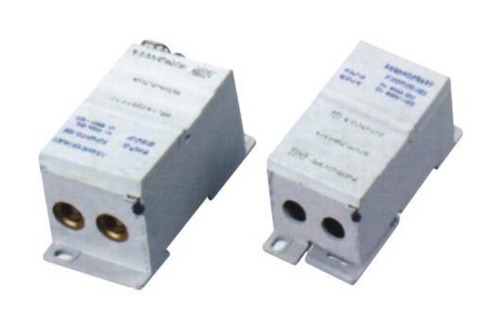
Common User Questions & Concerns
When users consider circuit breaker block junction boxes, a number of recurring questions come up. Below are typical concerns and clarifications.
Q1: Can I use the main breaker panel as my junction box?
No — combining general splices inside a breaker panel is generally against code and ideal practice. A separate junction box should be used to make all wire splices before routing into the breaker panel. This keeps the panel clean and avoids violations.
Q2: Do junction boxes really help prevent arcs over time?
Yes. Over years, vibrations, thermal cycles, or poor connections can loosen a joint, causing to sparking or arcs. Having all these in a sealed junction box ensures that any arc is contained, and with a circuit breaker nearby, the fault current is cut off rapidly. Users on forums often emphasize that junction boxes are required by code to prevent loose connections from becoming hazards.
Q3: How do I choose the right size and material?
You must consider volume (wire fill), type of insulation, environment (outdoor vs indoor), and IP rating. The National Electrical Code (NEC) stipulates lower box volumes based on conductor count and size.
You also want robust materials (metal or flame-retardant plastic) and proper sealing if outdoors.
Q4: Are there special grounding or bonding requirements?
Absolutely. Metal enclosures must be bonded or grounded. Non-metallic enclosures may require grounding clips or a grounding conductor path. All enclosures must maintain continuity to ensure fault currents have a safe return path.
If you're planning new installations or retrofits, investing in the right enclosures and following ideal practices pays dividends in safety, compliance, and longevity. If you’d like help choosing enclosures or designing your layout, feel free to reach out.



 English
English Español
Español عربى
عربى